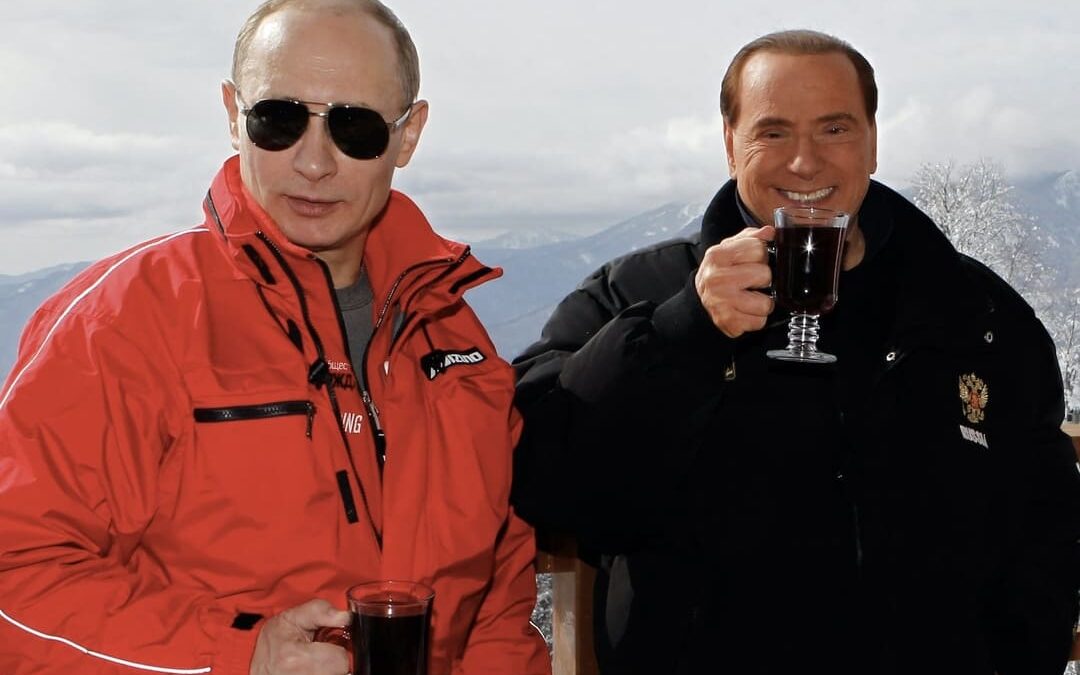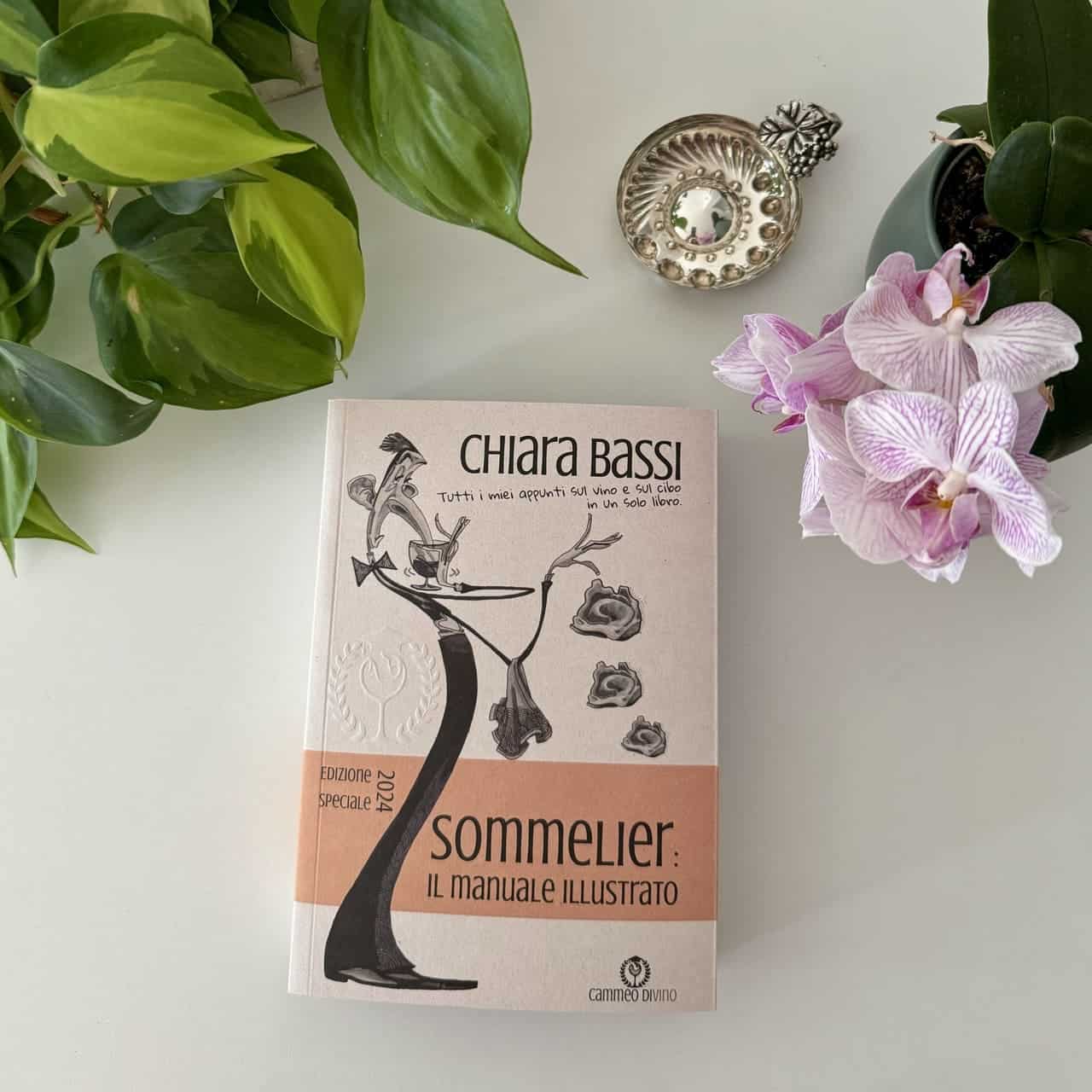Yesterday, among the guests of the master course in food and wine journalism that I am following at Luiss Guido Carli in Rome was the journalist Anna Prandoni. He spoke about many things, but one in particular struck me: his reference to the Lambrusco as a gift item from Berlusconi to Putin. I read your article and it made me want to write this... and so I thank you for inspiring me.
In her article, Anna Prandoni talks about the importance of understanding the recipient, and she is absolutely right.
It is comprehension of the addressee, it is achievement of the diplomatic objective. It is - above all - an accurate mirror of how Italy is perceived, and therefore sold, abroad. And it is a clear demonstration of how much work we still have to do to improve knowledge of our 'excellence' abroad. [...] In short: what to give someone who has everything? One of the most representative wines in its territory, the one that more than any other represents us abroad. The easiest choice, the one that shields you from any possible diplomatic error. Something that certainly knows the recipient, and which he appreciates. Something that with its pleasantness, its sweetness, its amiability, is perfectly comprehensible and appreciable even by those who know little about wine.
However, while agreeing with Anna Prandoni's analysis, I cannot help but wonder what the fact that Lambrusco is the most exported (and consequently best known) sparkling wine abroad has to do with Berlusconi's gift to Putin.
Meanwhile, it assumes that Putin is not a wine expert and Berlusconi wants to give him something he can appreciate anyway. Personally, I believe that a head of state like Putin has drunk a few good bottles in the course of his life... and, in addition to studying books, one way to refine the palate is certainly to drink a lot and well. Then he assumes that Berlusconi has not fully understood the export data: even if Lambrusco is the most exported wine, Italy's leadership in Russia is of sparkling wines (Source: Nomisma Wine Monitor) and Lambrusco, as Anna Prandoni rightly wrote, is part of the 4% of Italian sparkling wines that end up in Russia. This means that 96% of the Italian wines that are imported into Russia are not sparkling wines (in this 4% then there is not only Lambrusco, but also Prosecco and other lesser known denominations).
So, while the subject of Lambrusco exports is an interesting prospect, I would look elsewhere for the criterion for the choice of gift.
You can now subscribe to my newsletter or scroll down the page to continue reading the article!
Lambrusco: why did Berlusconi give it to Putin? Another key to interpretation.
In my opinion, the reason for the choice lies in a very beautiful sentence that Anna Prandoni said: 'is understanding of the recipient'. In the Soviet Union, Stalin had initiated an ambitious programme to make wine a democratic commodity within the reach of all. To do this, instead of drinking only imported wine, it was necessary to produce wine in Russia. Russian scientists of the time created frost-resistant vines with high productivity, but the wines produced from these grapes were poor. Thus the first sweetish, sweet wines were born: sugar was added to cover the 'savoury' and terrible acidity.
Soviet taste is historically moulded on a sweetened red wine - a simple, sugary local wine for the people and a quality wine from neighbouring Georgia for the elite. Stalin himself chose Khvanchkara, a semi-sweet red wine with low alcohol content and a distinct raspberry scent.
You can now buy my book Sommelier: the illustrated manual or scroll down the page to continue reading the article!
Book "Sommelier: the Illustrated Manual" Special Edition 2024
All my notes on wine and food in one book.
€ 38,00 VAT included!
In stock (can be backordered)
In my opinion too, therefore, Lambrusco may be a choice dictated by the knowledge of the recipient: a sweetish red wine with low alcohol content sparkling or spumante (a plus in Russia) that may be reminiscent of the Soviet style. I do, however, see in it an underlying message for Putin: we can be similar, we can have similar goals. So I see it more as a diplomatic/political operation that does not so much look at the container, but focuses on the content. After all, Berlusconi has said it several times that his friend Putin's goal is to establish a government of good people in Ukraine...
Did he write it in the sweetest letter?
Cheers 🍷
Chiara
P.S. If you are interested in reading more about the Italian wine market in Russia, I recommend you read this article "Ukraine Russia: what will change for wine?".


